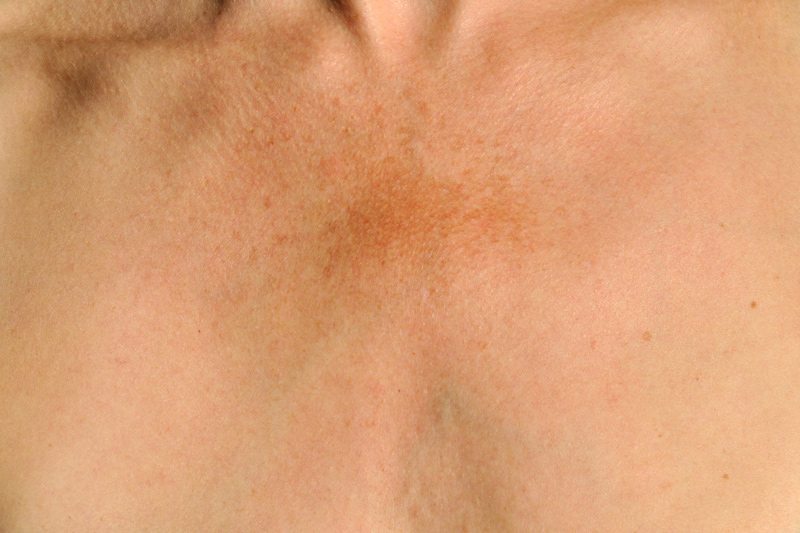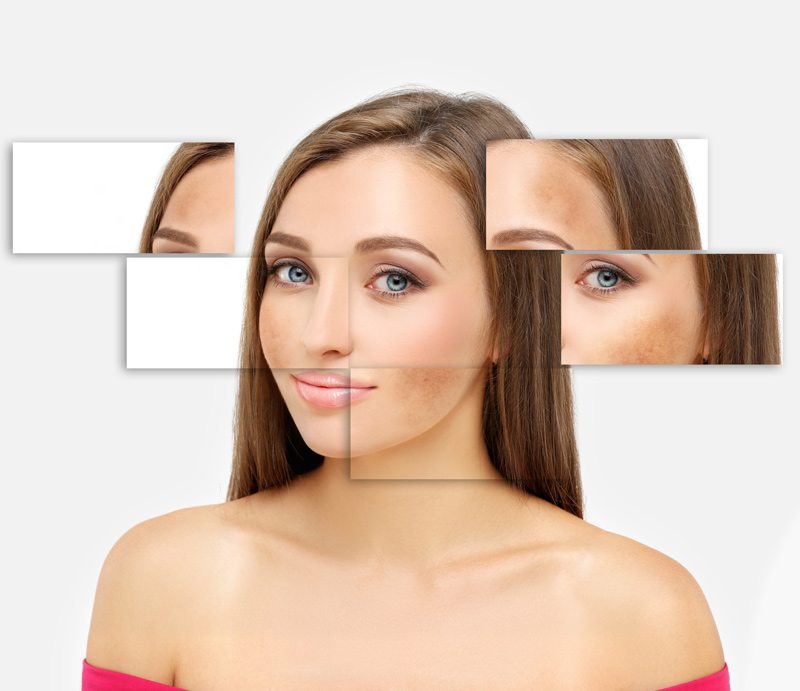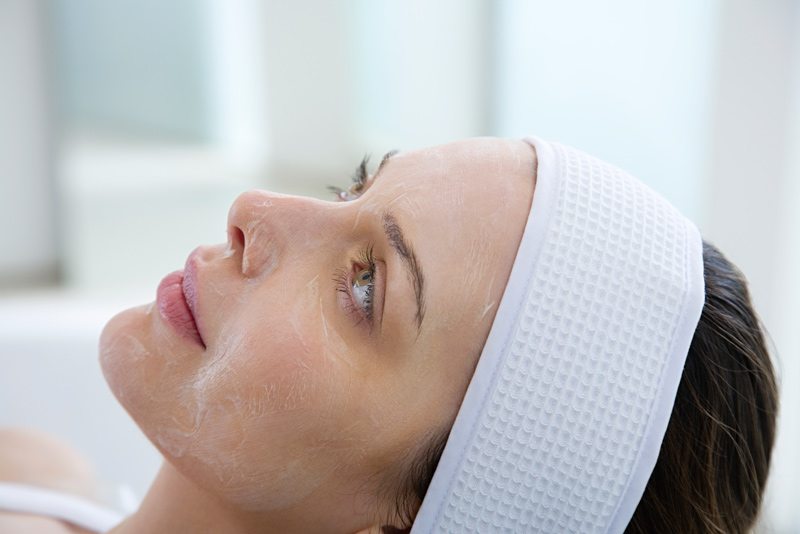
Melasma: Symptoms and Treatment
What is Melasma?
Pregnant women, those who take chemical contraceptives, or postmenopausal women who take progesterone replacement therapy commonly come down with this condition. Melasma in pregnant women is also known as chloasma, or “the mask of pregnancy”.
Cause and Symptoms of Melasma?

However, autoimmune thyroid disease and Addison’s disease have been associated with melasma. The development of Addison’s disease can cause melasma above the kidney area. Therefore, if discoloration occurs in other areas than your face, you may want to consult a doctor for additional information and testing.
Can It be Treated?
There are products on the market recommended by skin care professionals that can help with skin discoloration treatment. Different products offer multi-layered hyperpigmentation correction that can assist with existing spots, block excess melanin, or boost pigment resistance.

An effective chemical peel can be an excellent option to consider. Chemical peels are capable of reducing discoloration and providing your skin with an overall improved, more even tone.
Melasma can develop slowly and it takes a while to clear up. Skin type plays a role in determining the best treatment. Melasma caused by serious sun exposure can be the most difficult to treat.
Preventing Melasma
While many cures exist, including chemical peels and skincare products, you can take preventive measures to lessen your odds of acquiring melasma.

Editor’s Note: This blog has been updated in May 2024

